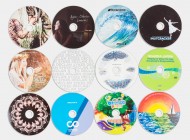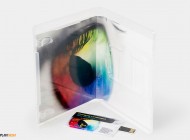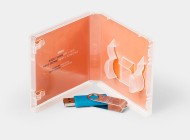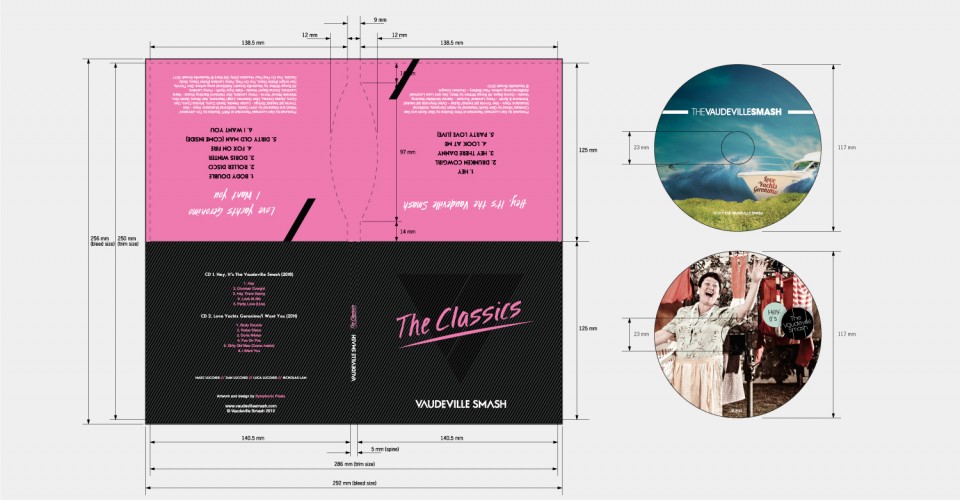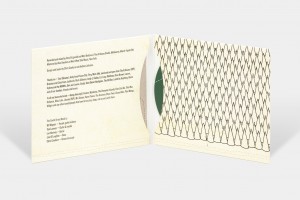What is CD Duplication?
When you first hear the two words – replicate and duplicate – in your mind you will probably think they mean the same thing. However the words have two different meanings especially when they apply to CDs and DVDs.
How CDs are Duplicated
CDs are disks used to download or duplicate information or music from a computer. This process is known as information burning on the disk. What is required, is the appropriate software and a CD burner which will help you to burn the desired information on the CD.
If more than one copy of the same information is required, you will have to burn as many more CDs as needed. This is actually what is known as ‘CD duplication’.
How CDs are Replicated
In the case of CD replication, CDs are also burnt, but instead of an individual process – like in CD duplication, the CD goes through a professional process known as moulding, and one master copy is made. For market purposes where thousands of CDs are released, the CD replication process is required. It would be impossible to cater to this demand by burning a single CD at a time, through the CD duplication process.
Differences
CD duplication is meant more for personal use. It is convenient and an inexpensive method for individuals who wish to make CDs for their personal needs. CD replication is meant to be used for professional and commercial purposes. It is also a more reliable method of transferring data on to a disk and the output quality too is superior.
Process
When CDs are duplicated the disks are printed using methods like digital, litho and screen. The pre-printed CD blanks are then burnt singly, on towers or automated duplicators using around 11 burners and just one reader.
Despite claims that modern burners have good speeds such as 40X and 16X for CDs and DVDs respectively, the general rule is to limit speeds to 16X and 8X. In this way more reliable copies are produced as also there is less wastage during the process of CD duplication.
In simple language duplication of CDs involves the burning of each CD – one CD at a time. In the case of replication it is the procedure where the CDs are made of raw poly carbonate which undergoes injection moulding. The information put on replicated disks is stamped on the disk when it is moulded, whereas it is burnt on CDs during duplication.






